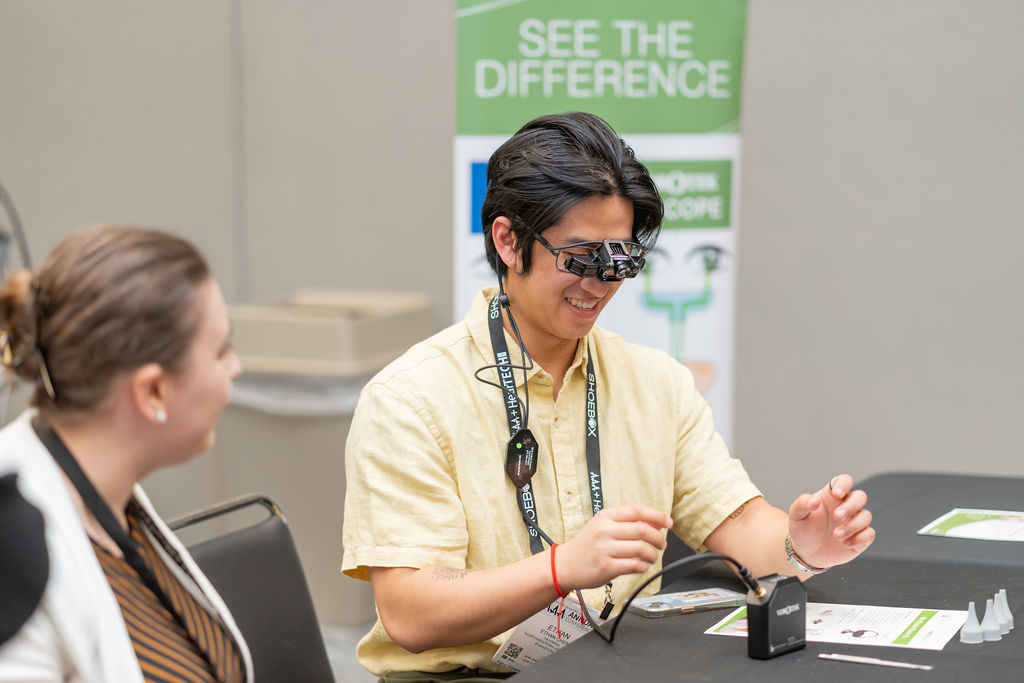The prevalence of unilateral hearing loss (UHL) is estimated to be between 3–6 percent of school-aged children, and congenital UHL is approximately 1 per 1000 births, which represents one-third of all children born with hearing loss (Lieu, 2018).
Audiologic management of children with UHL can be difficult, both with technology and in social and educational environments. Gauging developmental and listening difficulties in children with UHL can be assisted using questionnaires that evaluate a variety of listening conditions (quiet, noise, etc.) and domains (social, emotional, classroom behavior, etc.). However, there is not one classroom questionnaire that addresses the specific listening needs of children with UHL.
Picou and colleagues (2025) recruited children aged 9 to 17 years with UHL to complete an online survey about classroom listening difficulties with no personal hearing device (n = 1148) and with personal hearing devices, including hearing aids, bone conduction aids, contralateral routing of signal devices, and cochlear implants (n = 897). The purpose of the study was to validate a previous survey designed to assess listening difficulties in classrooms by children with UHL who may or may not use technology. The 15-question survey included different classroom listening situations. Data analysis revealed that the highest listening difficulty occurred when the signal of interest was at a distance. Scores were higher with their personal amplification, but signals at a distance were still more challenging than when signals were closer.
Although unexpected, the finding that distance is the most important factor in classrooms is not surprising. The results represent a “paradigm shift” for professionals who work with children with UHL and recommendations for classroom learning. Historically, focus has been on talkers off to one side or on auditory localization.
The authors report that the results of this study validate the classroom listening difficulty survey, called the Validation of the CROS/BiCROS Listening and Communication Ability Self-report Survey (VCLASS), for use with children aged 9 to 17 years of age with UHL. Results support the continued need for preferential seating, not just close to the teacher, but also peers of interest and paraprofessionals in the classroom. Results also support the use of remote-microphone systems for children with UHL to help overcome hearing signals at a distance.
References
Lieu, J. E. C. (2018). Permanent unilateral hearing loss (UHL) and childhood development. Current Otorhinolaryngology Repport, 6(1),74-81. doi: 10.1007/s40136-018-0185-5.
Picou, E., Davis, H., Lunsford, K., Tharpe, A. (2025). Validation of the Vanderbilt Classroom Listening Assessment Short Survey for Children with unilateral hearing loss. Ear & Hearing, 46, 640-652.
Recent Posts
Turn Insight Into Action! Attend Learning Labs at AAA 2026
Ready to take your professional development to the next level? At AAA 2026, Learning Labs are your chance to go beyond lectures and dive into…
Your Support Makes the Difference—Let’s Finish the Year Strong
As we wrap up the year, I want to thank you for your generosity supporting the AAA Foundation’s work. The enclosed report highlights what you…
Audiology Faces New Challenges Under Draft Federal Loan Rule: What Comes Next
Member Action Needed Soon! The U.S. Department of Education’s Advisory Committee has reached consensus on proposed regulations implementing the higher education provisions of the One…


